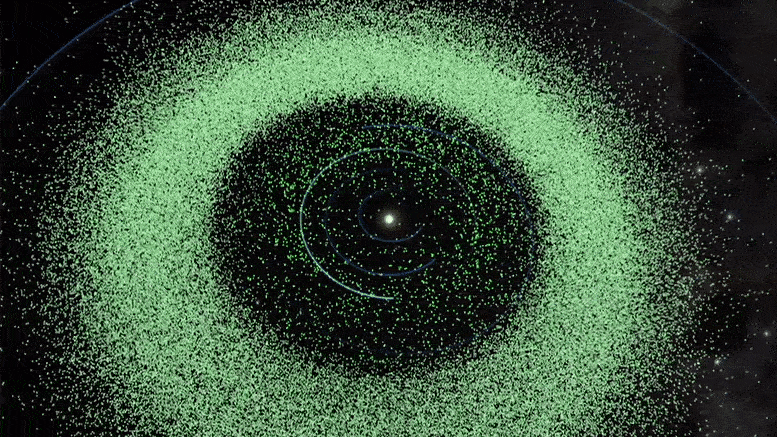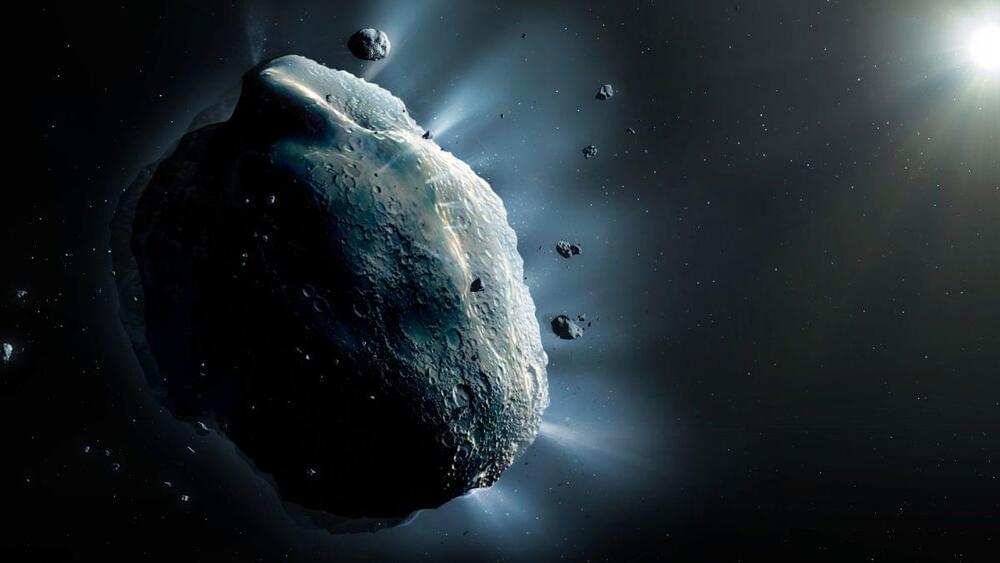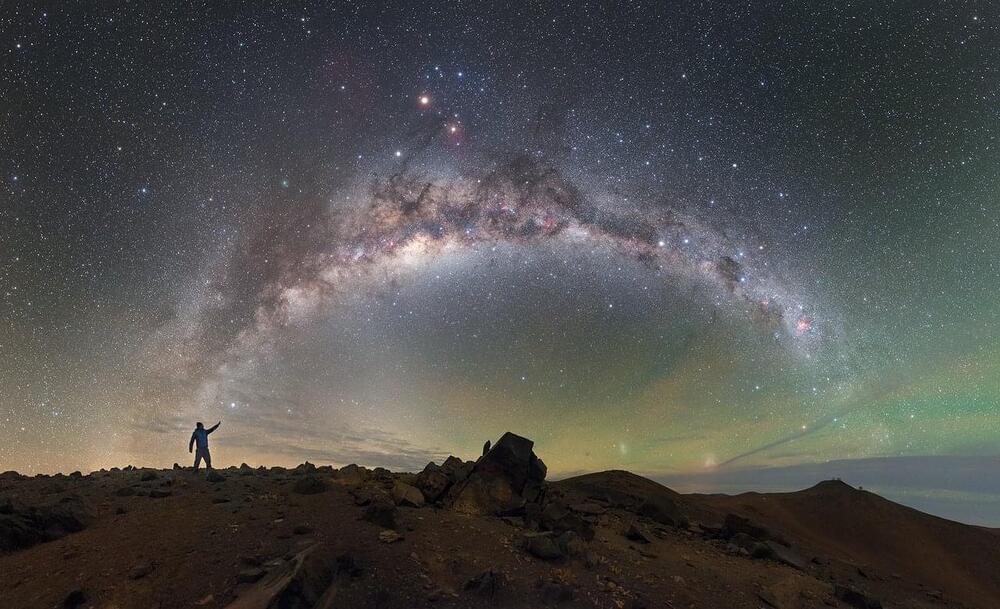WASHINGTON, June 8 (Reuters) — A tiny meteoroid struck the newly deployed James Webb Space Telescope in May, knocking one of its gold-plated mirrors out of alignment but not changing the orbiting observatory’s schedule to become fully operational shortly, NASA said on Wednesday.
The little space rock hit the $10 billion telescope sometime in late May and left a small but noticeable effect in the telescope’s data, NASA said in a statement, adding that it was the fifth and largest hit to the telescope since its December launch. read more
“After initial assessments, the team found the telescope is still performing at a level that exceeds all mission requirements,” NASA said. “Thorough analysis and measurements are ongoing.”







